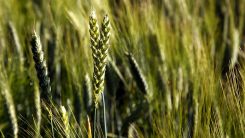
Olive Marie

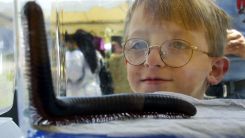
Insects Can Be an Essential Teaching Tool for Children - Researchers

Is There a Part of You That Remains ‘You’ Throughout Your Life?
Trial Device MOXIE Could Contribute to Rocket Launch Off Mars

5 Things Science Tells Us About Morning Routine

Scientists Uncover Magnetic Spray that Transforms Non-Living Things into Tiny Robots

Science Behind Expression of Gratitude and Its Impact on Wellbeing

Study Reveals the Paradox of Creativity
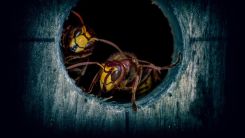
Australian Wasp Shown to Pose Serious Danger to Aviation Safety

Study Finds Link Between Obesity and Childhood Abuse, Socioeconomic Background
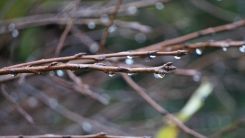
Love that Smell After the Rain? Here’s What You Need to Know About ‘Petrichor’

Daily Exercise Can Save 5 Million People a Year, Says WHO
Large Sunspot Arrives in Time for Thanksgiving
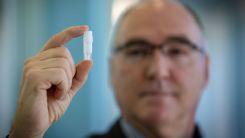
After AstraZeneca’s Admission of Error, Difficult Questions About its Vaccines Transpire
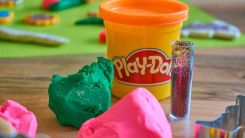
5 Famous Things Accidentally Discovered or Invented

Awareness on the Impact of Climate Change on the Spread of Infectious Diseases
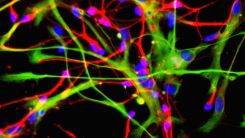
Scientists Reveal a New Drug That Directs Stem Cells To Desired Sites
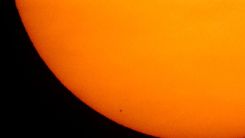
‘Dim the Sun’ to Save the Earth. Would It Work?

Masks Copied From Snorkeling Gear and Animal's Nasal Cavities, Effective as PPE

Researchers Discover Hormone That Can Curb Appetite and Help Deal With Obesity
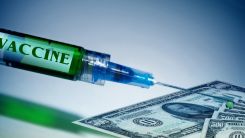
Russian Institute Announces 91.4-Percent Efficacy of Sputnik V Vaccine

Afraid of Routine? Here’s What You Should Know

Can Dogs Really Smell COVID-19? Here’s What Science Reveals
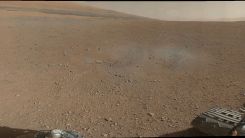
NASA’s Curiosity Rover Detects Signs of Mars Megafloods
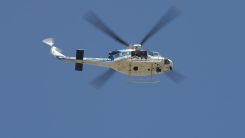
Mysterious Metal Monolith Discovered in the Middle of Utah Desert
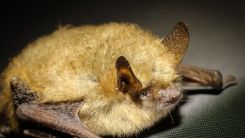
Research Team Discovers Coronaviruses Closely Related to COVID-19 Virus in Japan and Cambodia

Can Your Cat or Dog Be Allergic to You? Here’s What Experts Say
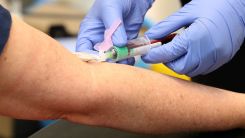
Will Plans To Deliberately Infect People With COVID-19 Have To Push Through?

China Moon Mission Attempts to Return to Earth First Lunar Rocks in Four Decades

More Children and Young Adults Drown as Lake Ice Becomes Less Stable Due to Warming Temperatures
Most Popular

Will Earth's Magnetic Poles Flip Next? Magnetic Pole Reversal Explained Through Cutting‑Edge Magnetosphere Science

Relativity Time Dilation Explained: The Physics of Time and Why It Moves Differently in Space

How Lightning Science Reveals Why Charged Storms Are Rising with Global Warming Effects

How AI Is Used in Weather Prediction: Smarter Forecasting Through Machine Learning




